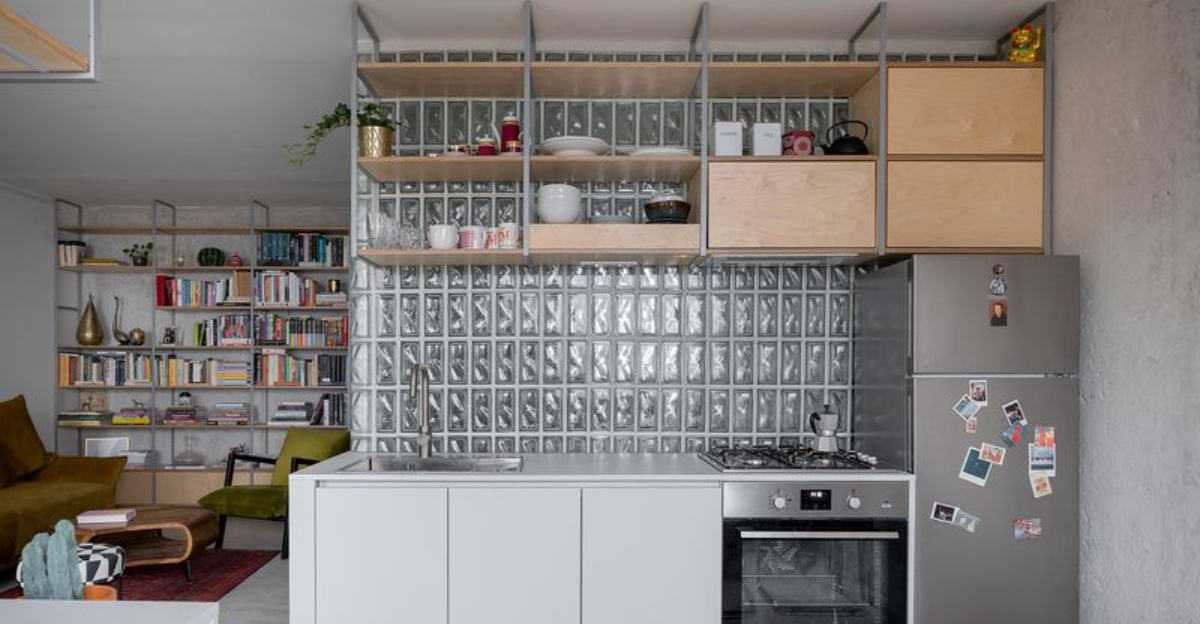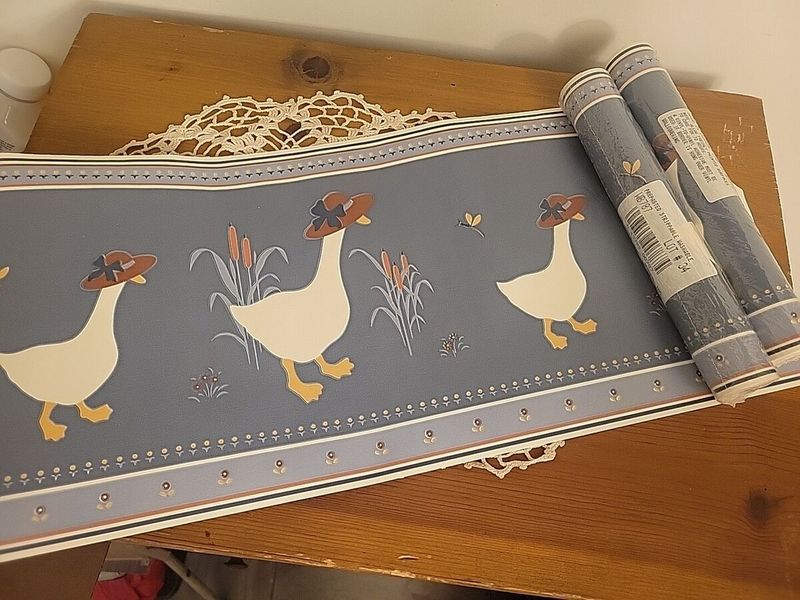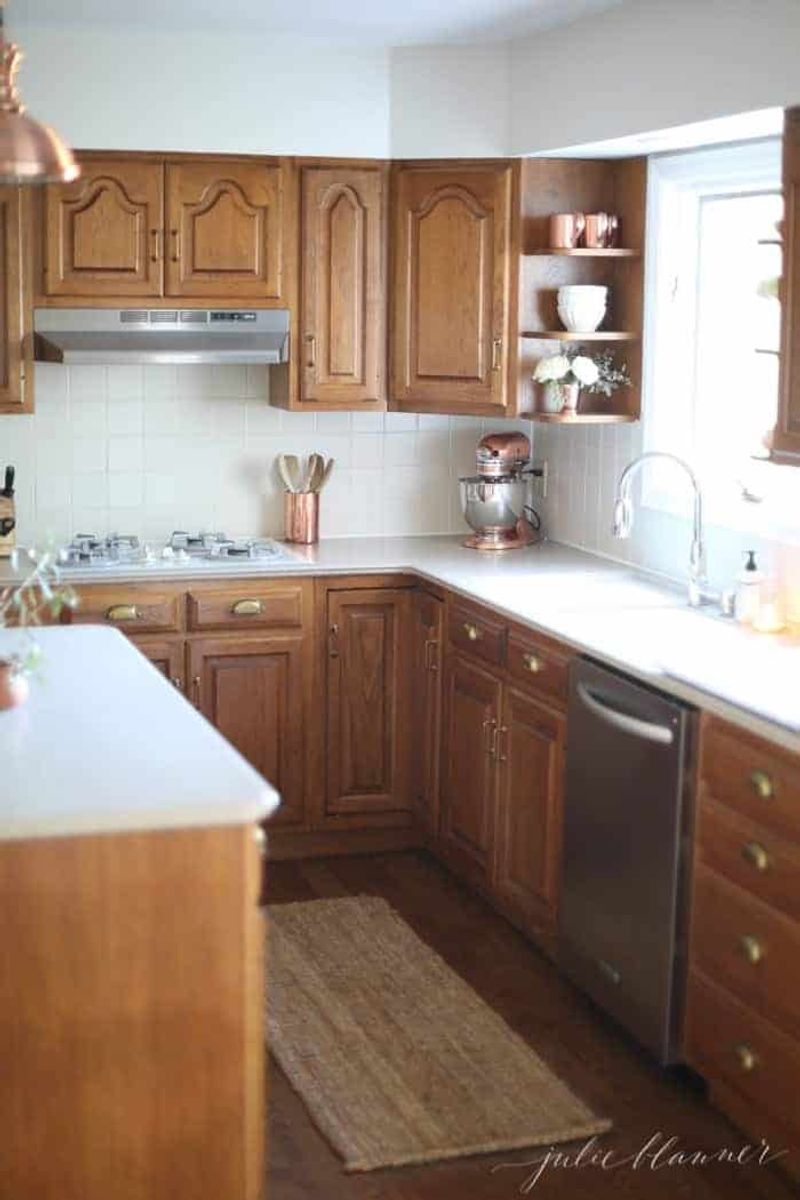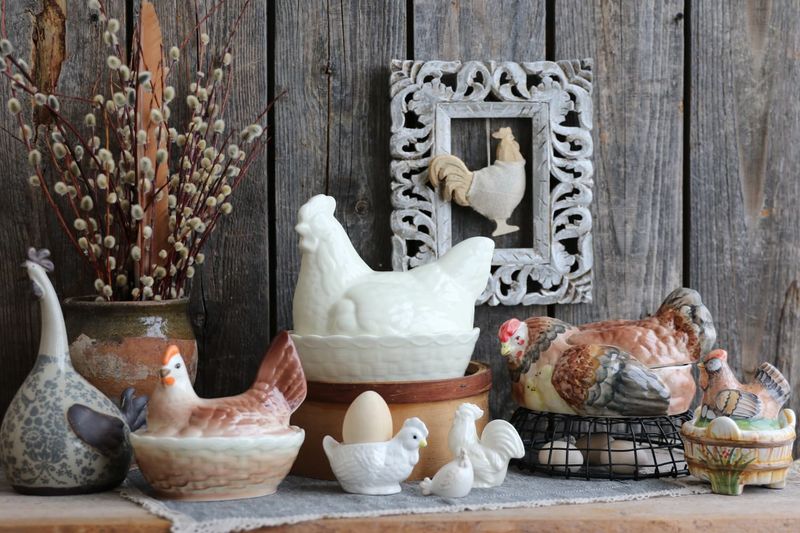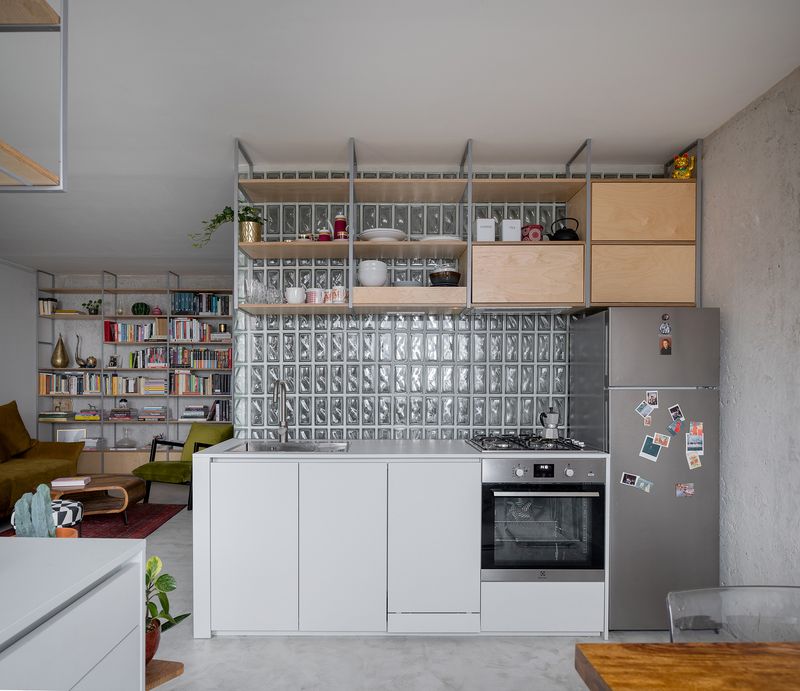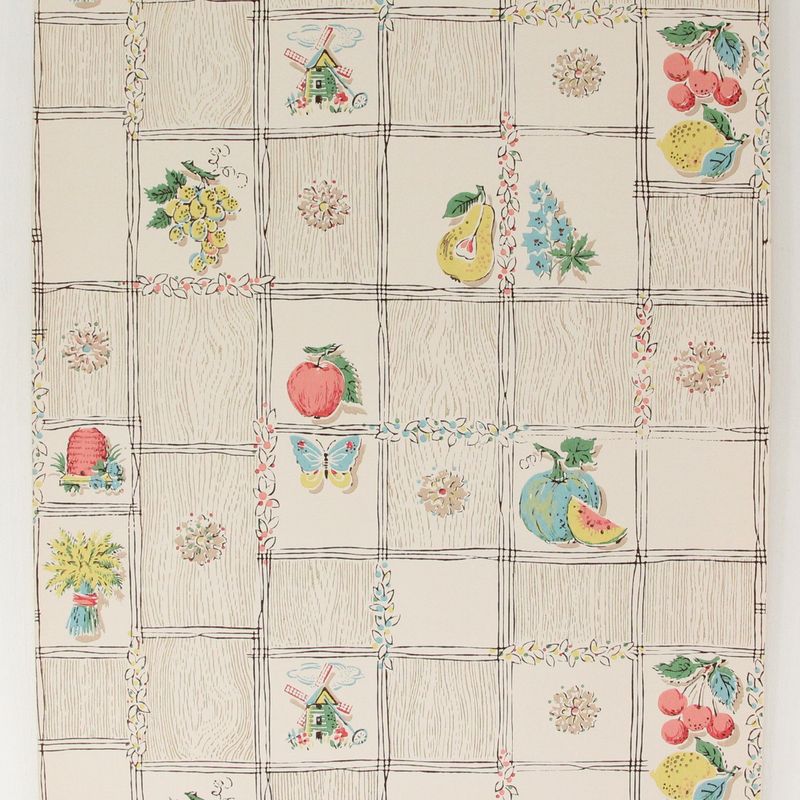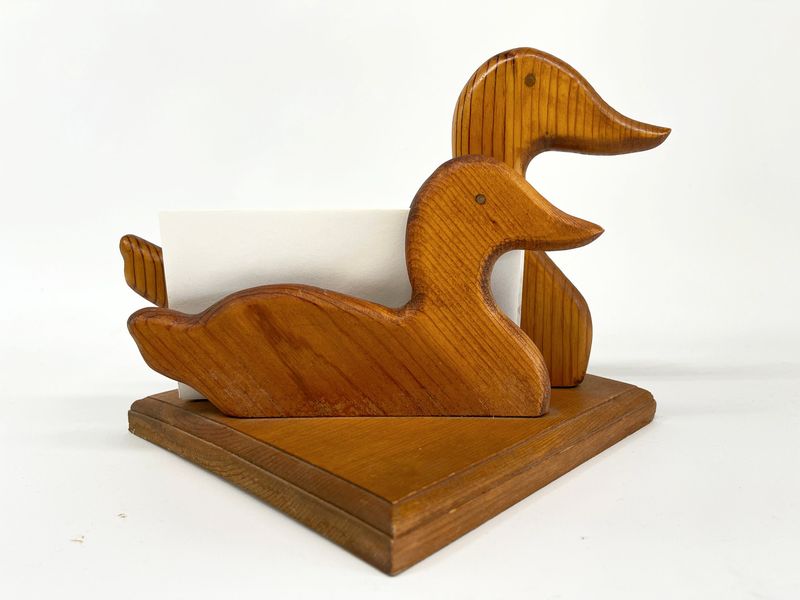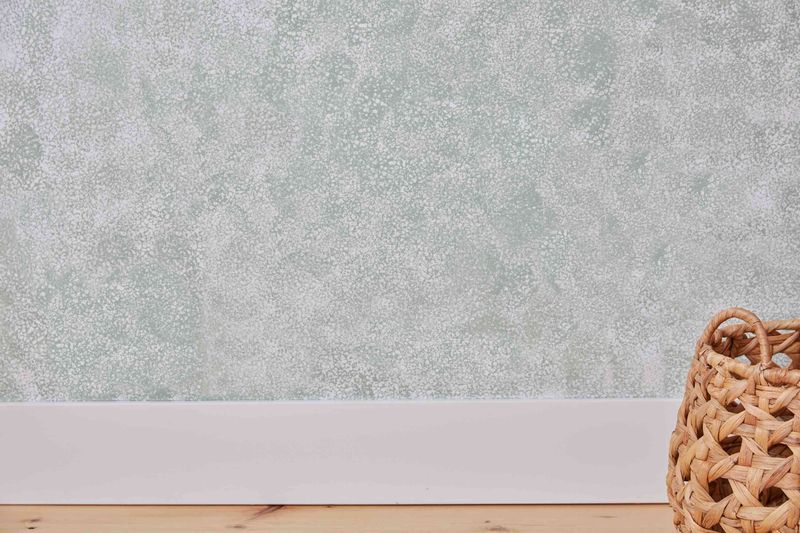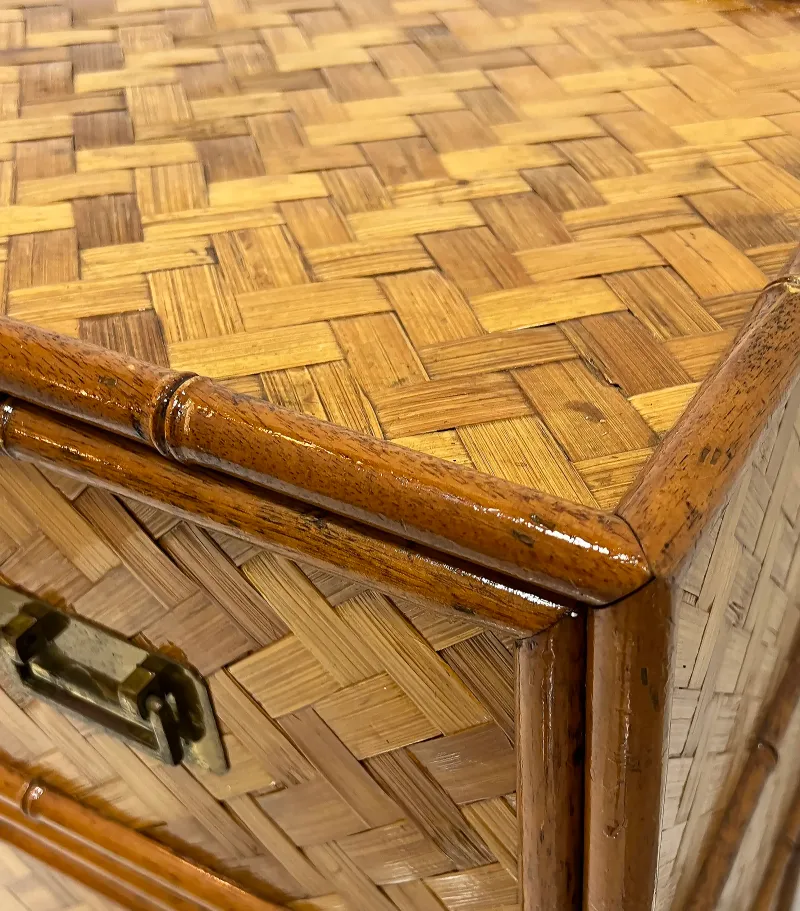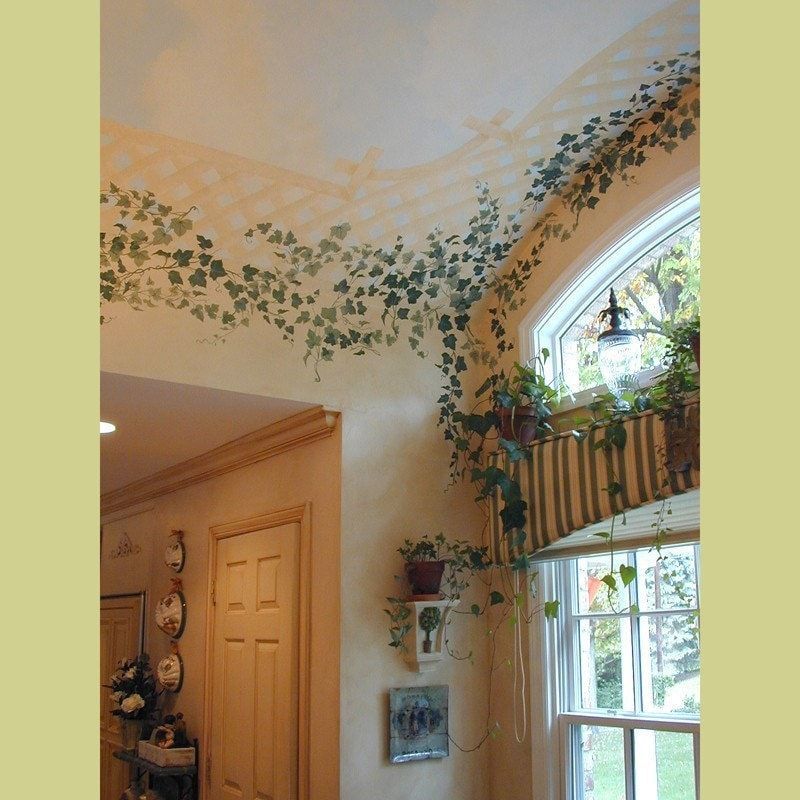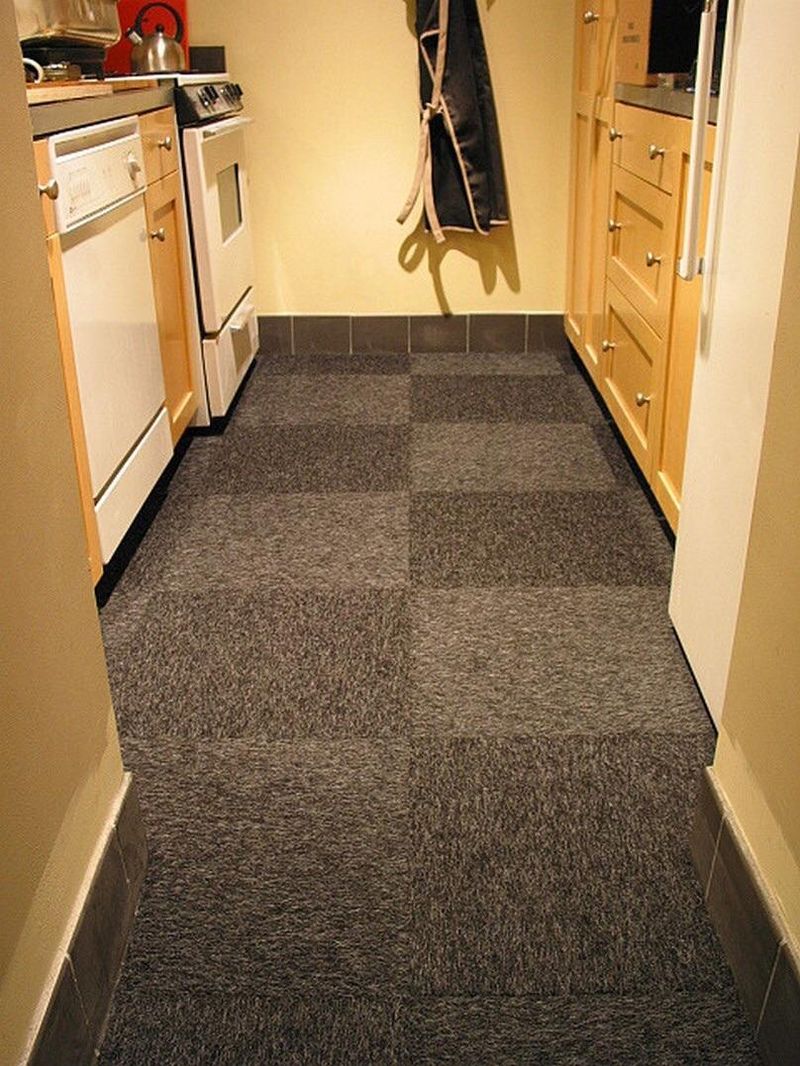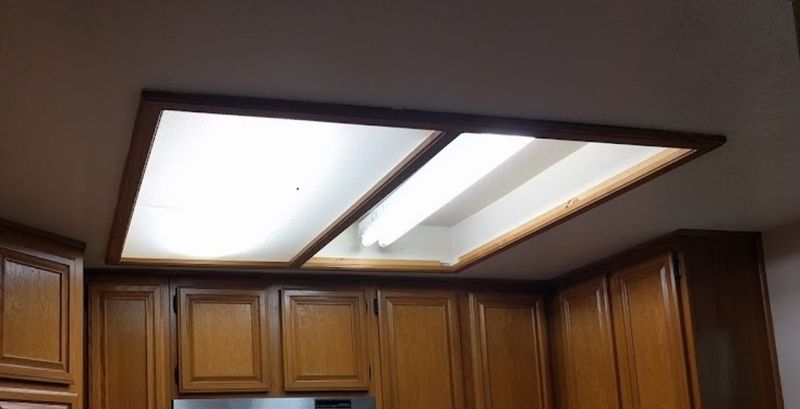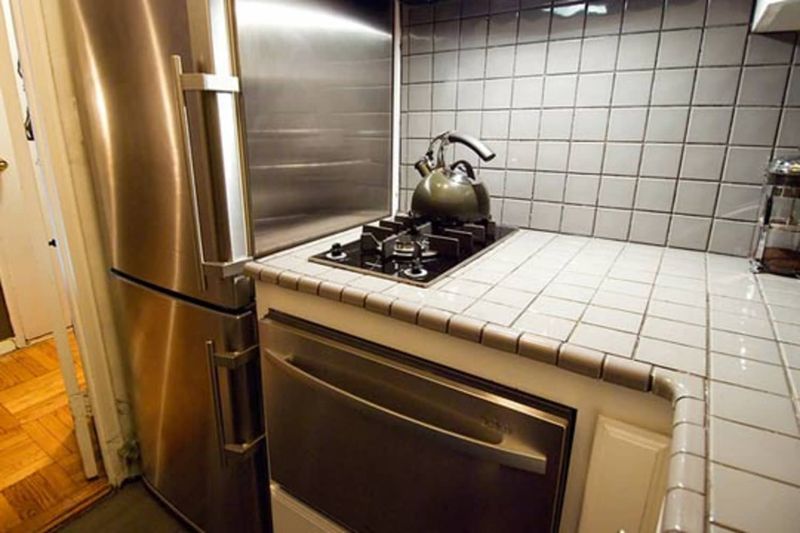Not all kitchen trends deserve a second chance. Designers have seen their fair share of regrettable ideas resurface, and some are better left in the past.
From overly ornate cabinetry to impractical layouts and questionable color choices, a few design missteps continue to haunt modern kitchens. And then there are the trends that never should’ve existed in the first place.
If you’re planning a renovation or just love design drama, this list is for you. Here are 10 kitchen ideas designers hope don’t make a comeback – plus 5 that never should’ve been a thing to begin with.
1. Avocado Green Appliances
Remember those murky green refrigerators and stoves that dominated 1970s kitchens? Interior designers collectively shudder at their mention. The peculiar shade clashed with virtually everything else in the kitchen.
While colorful appliances are making a comeback, today’s designers prefer cleaner, more vibrant hues that complement rather than overwhelm a space. The muddy avocado tone simply doesn’t play well with modern design sensibilities.
2. Country Goose Wallpaper Border
Waddling around countless 1980s and 1990s kitchens, those blue-ribbon-wearing geese wallpaper borders once signaled homey charm. Now they’re the first thing designers tear down during renovations.
What seemed quaint decades ago now reads as cluttered and theme-heavy. Modern kitchens favor clean lines and subtle textures rather than literal animal motifs marching around the room. The goose has officially cooked its last meal in contemporary design.
3. Oak Cabinets With Cathedral Arches
Those honey-colored oak cabinets with their distinctive arched tops once graced millions of American homes. Practically inescapable throughout the 1980s and 1990s, they’ve become the calling card of dated kitchens everywhere.
Designers point to their orange-yellow undertones and busy grain patterns as particularly problematic. When paired with their trademark cathedral arches, these cabinets instantly timestamp a kitchen as belonging to another era, making them renovation target number one for modern homeowners.
4. Rooster-Themed Everything
For reasons that remain mysterious, kitchens of the 1990s and early 2000s became overrun with rooster motifs. From cookie jars to pot holders, curtains to wall clocks – these feathered friends dominated country-style kitchens with surprising tenacity.
While a single carefully chosen decorative piece can add character, the all-in approach to rooster theming created visually chaotic spaces. Designers today recommend more restrained decorative choices that don’t feel like you’re cooking inside a barnyard.
5. Glass Block Room Dividers
Whoever decided that translucent glass blocks should separate kitchens from dining rooms clearly hadn’t thought about the practical implications. These chunky dividers, wildly popular in the 1980s, created the visual effect of looking through a shower wall while eating dinner.
Not only did they block natural light flow, but they also collected dust in their seams and created awkward spatial divisions. Today’s open concept designs have rendered these blocky barriers obsolete, much to the relief of architects and designers everywhere.
6. Wallpaper With Tiny Vegetables Pattern
Minuscule carrots, cabbages, and corn cobs once danced across kitchen walls nationwide, creating the visual effect of being trapped inside a produce department fever dream. These busy patterns made small kitchens feel claustrophobic and large ones overwhelming.
The literal vegetable motifs have fallen firmly out of favor with designers who prefer more abstract patterns or textured solids if wallpaper is used at all. Modern kitchens typically embrace cleaner backgrounds that allow architectural elements and furnishings to take center stage rather than competing with walls covered in microscopic produce.
7. Wooden Duck Napkin Holders
Somehow, during the country kitchen craze, wooden ducks became the preferred method for presenting napkins at the dinner table. These carved creatures, often sporting bonnets or bow ties, clutched paper napkins in their hollow backs or bills.
While whimsical in theory, they contributed to the overwhelming theme-heaviness that characterized 1980s and 1990s kitchens. Contemporary designers advocate for simpler tabletop accessories that don’t turn mealtime into a wildlife experience. The wooden duck napkin holder has officially migrated to the land of outdated kitchen accessories.
8. Sponge-Painted Walls
Armed with sea sponges and multiple paint colors, homeowners of the 1990s created textured monstrosities on kitchen walls nationwide. The technique, intended to add dimension and interest, often resulted in surfaces that looked diseased rather than designed.
Particularly popular were sponge-painted combinations in salmon pink, teal, and yellow – a palette that haunts designers to this day. Modern wall treatments favor subtle textures or clean, uniform colors that create sophisticated backgrounds rather than becoming the main visual event in the room.
9. Wooden Basket Weave Wallpaper
Walking into a kitchen lined with faux basket weave wallpaper was like being trapped inside a picnic hamper. This textured paper, meant to evoke casual country charm, instead created visually busy spaces that felt perpetually cluttered.
Often paired with other country kitchen elements like duck motifs and gingham, these patterns overwhelmed the senses. Today’s designers prefer actual texture through natural materials rather than printed imitations that fool neither the eye nor the touch.
10. Mushroom Canisters And Decor
During the 1970s, kitchens across America experienced a fungal invasion as mushroom motifs appeared on everything from canisters to wall clocks. Often rendered in earthy browns and oranges, these stylized toadstools were unavoidable in trendy kitchens.
The mushroom mania extended to ceramic cookie jars, spoon rests, and even light switch covers. While a subtle nature-inspired element can work in contemporary design, the all-mushroom-everything approach created thematic overkill that designers now avoid in favor of more timeless decorative choices.
1. Ivy Plant Stencil Borders
Armed with craft store stencils and small sponges, homeowners of the 1990s painstakingly created borders of trailing ivy around kitchen walls, windows, and doorframes. The result was often uneven, with paint bleeding under stencils creating fuzzy-edged foliage.
Frequently paired with country blue or mauve, these botanical borders instantly date a kitchen. Contemporary designers prefer cleaner transitions between walls and trim, allowing architectural details to shine without competition from amateur botanical illustrations marching around the room.
2. Carpet In The Kitchen
Yes, you read that correctly – people actually installed carpet in kitchens during the 1970s and early 1980s. Nothing absorbs spilled milk, dropped eggs, and pasta sauce quite like wall-to-wall carpeting in the room dedicated to food preparation!
Even the low-pile, stain-resistant varieties quickly became petri dishes of culinary disasters. Contemporary designers unanimously recommend hard, washable surfaces like tile, wood, or vinyl that can stand up to inevitable kitchen spills without harboring bacteria or stains.
3. Fluorescent Box Lighting
Harsh, unflattering, and undeniably institutional – those massive fluorescent light boxes that hung from kitchen ceilings make designers wince. The buzzing sound alone brings back memories of school cafeterias rather than welcoming homes.
Beyond their clinical appearance, these fixtures cast a sickly glow that does no favors for food or faces. Today’s kitchen lighting emphasizes layered approaches with pendants, under-cabinet lighting, and recessed fixtures that create ambiance while still providing task illumination.
4. Dusty Fake Plants On Top Of Cabinets
High cabinet tops once served as display shelves for artificial foliage that collected impressive amounts of cooking grease and dust. These silk imposters – often grape vines or ivy garlands – required regular cleaning that rarely happened.
The result? Grimy green cemetery arrangements that did nothing to enhance kitchen aesthetics. Today’s designers either leave these spaces empty or utilize them for items that are both decorative and functional, like rarely-used but attractive serving pieces that won’t trap airborne kitchen particles.
5. Tile Countertops With Dark Grout
Once upon a time in the land of 1970s and 1980s kitchens, small square tiles joined by thick grout lines covered countertops everywhere. Looking back, it’s hard to imagine why anyone thought preparing food on what amounts to a giant grid of dirt-catching crevices was a good idea.
Crumbs, spills, and stains found permanent homes in that grout, no matter how diligently homeowners scrubbed. Modern designers favor smooth, seamless surfaces like quartz or solid slabs that prioritize both hygiene and visual cleanliness.

